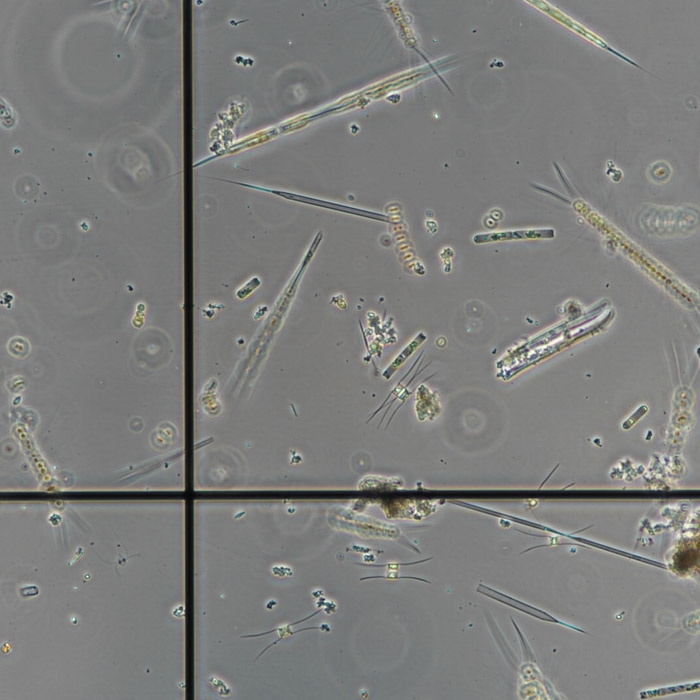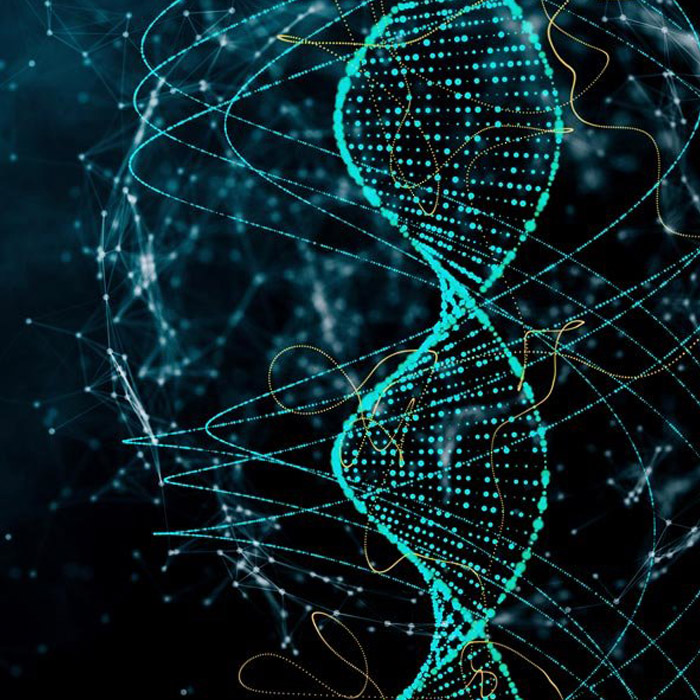HAB Community Structure
The goal of this objective is to identify the species that are responsible for harmful algal blooms as well as factors that cause their populations to shift and how they relate to other microorganisms in the Indian River Lagoon.

Understanding which species of phytoplankton are present before, during and after blooms, as well as their physiological characteristics, is essential to defining what causes HABs. Traditional methods of detecting phytoplankton involve the use of various microscopic techniques, laser imaging technologies and cell staining dyes. Researchers use both field- and lab-based analyses to view, identify and enumerate phytoplankton cells.

Recently, advances in technology have allowed for better detection of microbial communities in the environment using DNA, the genetic material that makes up all living things. FAU Harbor Branch is unique in that it is utilizing these technologies to further understand HAB communities. DNA, collected from a water sample, can not only tell researchers which types of bacteria and phytoplankton are present in the area, but also if these organisms are capable of producing toxins harmful to wildlife or people. Using these methods, researchers hope to gain baseline information on coastal microbiomes, the interactions between them and how they relate to HAB events.
